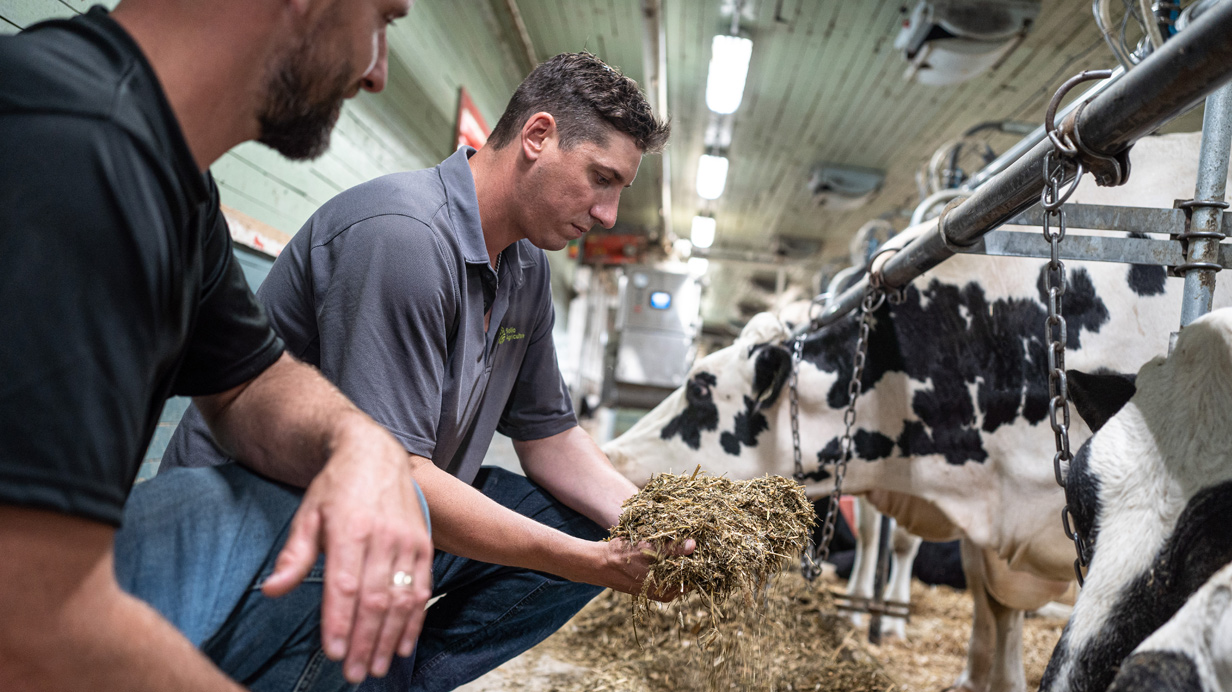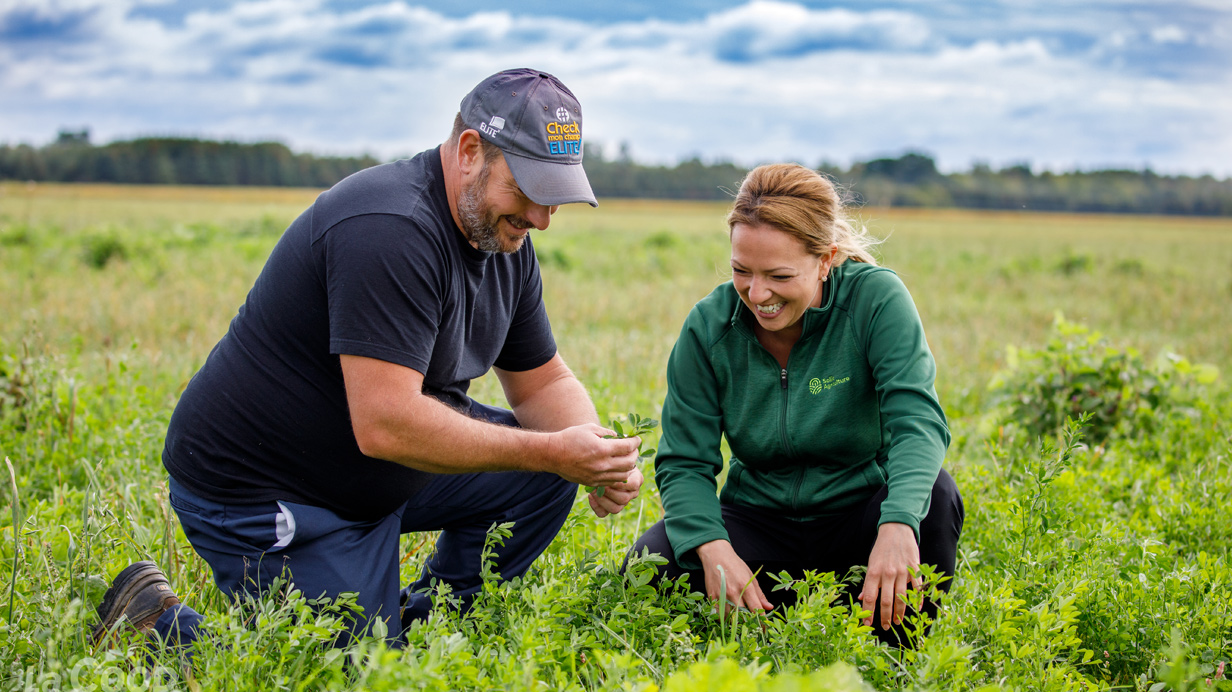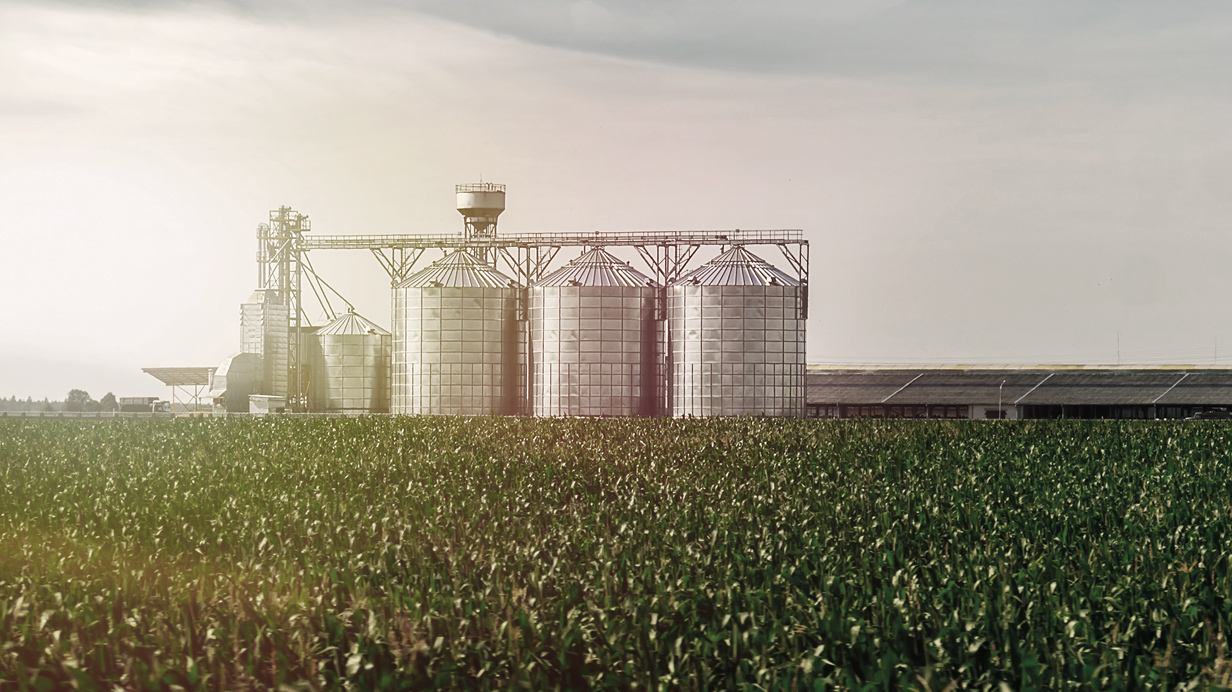How to Interpret Your Corn Silage Analysis

When your corn silage has been harvested for 90 days, it is a good time to re-evaluate some of the key characteristics of that silage now that it has had time to ferment. At this point in time, a silage analysis will give a better representation of the way the silage will feed for the remainder of the year.
Keeping Up with P and K Fertility in Forage-dominated Rotations

Corn silage is an essential part of many livestock operations as a primary feed ingredient. Maximizing silage crop performance is key to profitability as a result. So, when you approach corn planting time, it is a good idea to review your corn fertility program and your Phosphorus (P) and Potassium (K) management strategies.
Why Use Fungicides in Corn Silage Production?

Foliar fungicides are becoming more commonly used in corn silage production. When used properly, they can increase yield, feed quality, and profitability for farmers.
In our Maizex agronomy work over the last several years, fungicides have been consistently showing the highest ROI in our intensive management trials.
